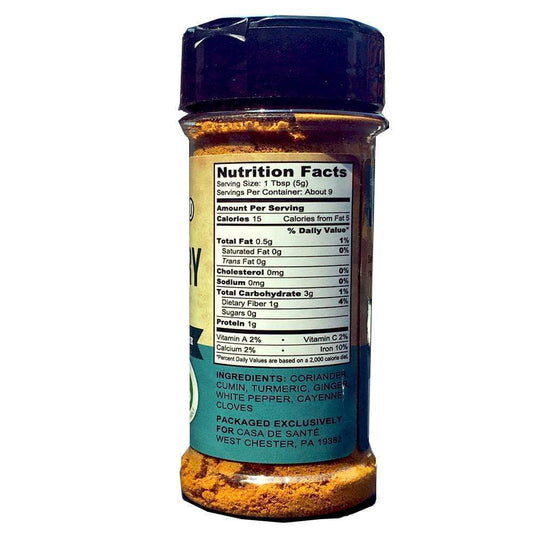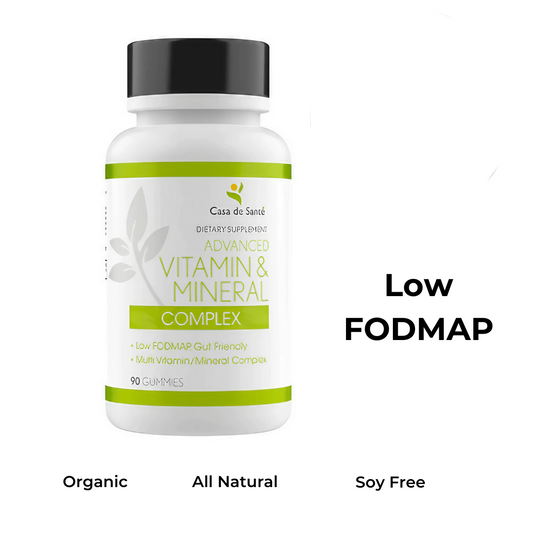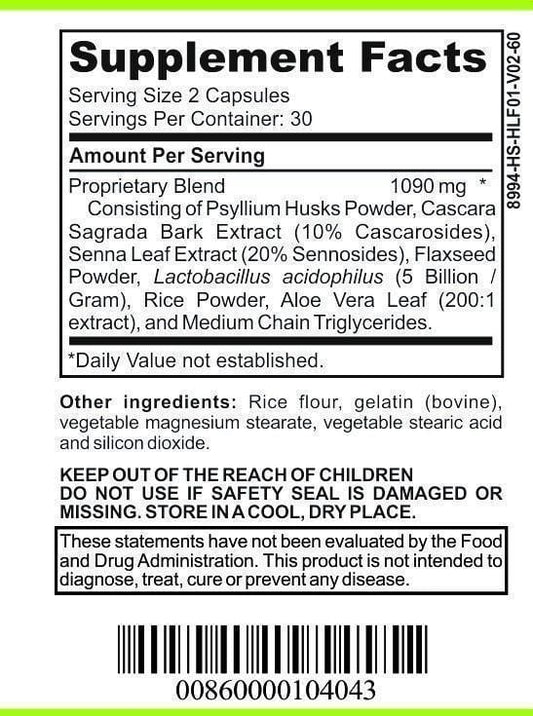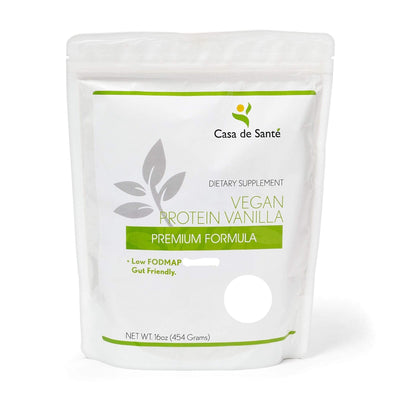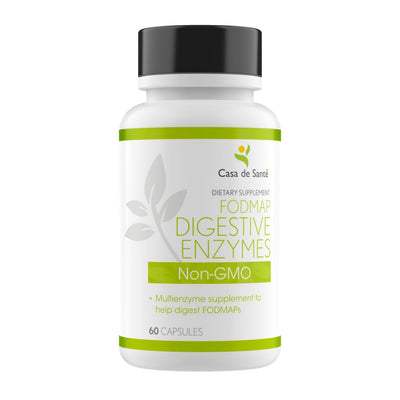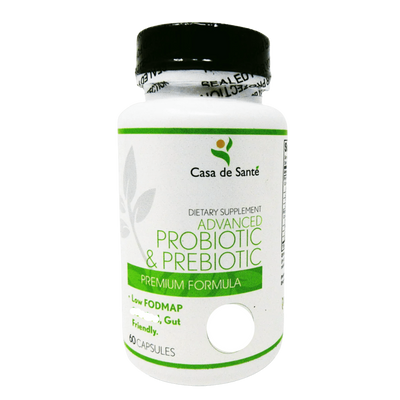Is Naga Viper Pepper Dairy Free
Is Naga Viper Pepper Dairy Free
Naga Viper Pepper, also known as Bhut Jolokia, is a fiery chili pepper that has been making waves in the culinary world. Known for its extreme heat, this pepper is not for the faint of heart. But for those who have dairy allergies or follow a dairy-free diet, the question remains: Is Naga Viper Pepper dairy-free?
Understanding Naga Viper Pepper
To truly understand whether Naga Viper Pepper is dairy-free, we must first delve into the origin and characteristics of this unique chili. Naga Viper Pepper hails from the northeastern region of India, where it is cultivated in the states of Assam, Nagaland, and Manipur. It was officially recognized as the world's hottest chili pepper in 2011, surpassing even the renowned Ghost Pepper.
With its striking appearance and intense heat, Naga Viper Pepper has gained popularity among chili enthusiasts and adventurous eaters alike. It boasts a Scoville rating of 1,382,118, making it one of the hottest peppers in the world. But does this heat come with any dairy-related concerns? Let's find out.
Origin and Characteristics of Naga Viper Pepper
The Naga Viper Pepper is a hybrid chili, created by crossing several other varieties including the Bhut Jolokia, Naga Morich, and Trinidad Scorpion. This combination results in a pepper that is not only blisteringly hot but also possesses a unique fruity and floral flavor. Its distinctive heat is caused by the presence of capsaicin, the compound responsible for the burning sensation when consumed.
It's important to note that the potency of Naga Viper Pepper can vary depending on factors such as the growing conditions and the level of ripeness when harvested. As with any food, individuals should exercise caution when consuming peppers of this intensity, especially if they have any known food sensitivities or allergies.
When it comes to the appearance of the Naga Viper Pepper, it is truly a sight to behold. The pepper is characterized by its elongated shape and vibrant red color. Its skin is smooth and shiny, giving it an almost glossy appearance. The pepper's size can vary, with some reaching lengths of up to 2 inches. The flesh of the pepper is thin and delicate, housing the fiery capsaicin-laden seeds within.
Culinary Uses of Naga Viper Pepper
In addition to its fearsome heat, Naga Viper Pepper has found its way into a variety of culinary dishes. Its intense flavor and heat make it a popular choice for adding a fiery kick to sauces, marinades, and salsas. Some enthusiasts even use it to infuse oils and vinegars, creating a potent condiment that adds a bold punch to any dish.
When using Naga Viper Pepper in cooking, it's important to handle it with care. The capsaicin present in the pepper can cause irritation to the skin and eyes, so wearing gloves and avoiding contact with sensitive areas is recommended. Additionally, it's crucial to thoroughly wash any utensils or surfaces that come into contact with the pepper to prevent cross-contamination of its intense heat.
While Naga Viper Pepper can be a thrilling addition to your culinary creations, it's important to exercise caution and moderation. Its heat can easily overpower dishes, so it's recommended to start with small amounts and gradually increase if desired. Keep in mind that this pepper is not for everyone, and those with sensitive taste buds might find it overwhelming.
Despite its fiery reputation, Naga Viper Pepper can also be used in more subtle ways. Some chefs and food enthusiasts have experimented with drying and grinding the pepper into a fine powder, which can then be used as a seasoning or spice. This powder can add a touch of heat to dishes without overwhelming the palate, allowing for a more nuanced flavor experience.
When it comes to pairing Naga Viper Pepper with other ingredients, the possibilities are endless. Its fruity and floral undertones make it a great match for tropical flavors such as pineapple and mango. It can also complement savory dishes, adding depth and complexity to meat-based dishes like chili con carne or spicy curries.
For those who enjoy the thrill of extreme heat, Naga Viper Pepper can be a culinary adventure worth embarking on. Its intense flavor and fiery kick have made it a sought-after ingredient among chili lovers around the world. Whether you're looking to spice up your favorite dish or challenge your taste buds, Naga Viper Pepper is sure to deliver a memorable experience.
Exploring Dairy Allergies and Intolerances
Now that we have a better understanding of Naga Viper Pepper, let's shift our focus to dairy allergies and intolerances. These conditions can range from mild digestive discomfort to severe allergic reactions, and can vary greatly from person to person.
It's essential for individuals with dairy allergies or intolerances to identify and avoid foods that contain dairy components, such as milk, cheese, and butter. However, the presence of dairy in certain unexpected foods can pose a challenge, leading to questions about the potential dairy content of unique ingredients like Naga Viper Pepper.
Common Symptoms of Dairy Allergies
Dairy allergies occur when the immune system reacts to specific proteins found in milk and milk products. Symptoms of dairy allergies can manifest as skin rashes, hives, digestive upset, nasal congestion, or even life-threatening anaphylaxis. If you suspect you have a dairy allergy, it's important to consult with a healthcare professional to obtain an accurate diagnosis.
For individuals with dairy allergies, it becomes crucial to scrutinize food labels and avoid any potential sources of dairy. Cross-contamination risks and hidden dairy ingredients can make this process challenging, but necessary to prevent allergic reactions.
Dairy Intolerance vs. Dairy Allergy
It's important to differentiate between dairy intolerance and dairy allergy. Dairy intolerance, commonly known as lactose intolerance, occurs when the body lacks the enzyme lactase needed to digest lactose, the sugar found in milk. Symptoms of dairy intolerance include bloating, gas, and diarrhea, which can occur after consuming dairy products.
Unlike dairy allergies, which involve an immune response, dairy intolerance is a digestive issue. Individuals with dairy intolerance may be able to tolerate small amounts of dairy or opt for lactose-free alternatives. However, it's crucial to determine the severity of the intolerance and adjust the diet accordingly.
The Composition of Naga Viper Pepper
Now let's dive into the composition of Naga Viper Pepper itself. Understanding the nutritional profile and potential allergens in this pepper will help us answer the question of whether it is dairy-free.
Nutritional Profile of Naga Viper Pepper
Naga Viper Pepper is a low-calorie food with a range of essential vitamins and minerals. It contains significant amounts of vitamin C, which supports the immune system, and vitamin A, which promotes eye health and cell growth.
Additionally, Naga Viper Pepper provides a good amount of dietary fiber, which aids in digestion, and small amounts of iron, potassium, and vitamin E. However, it's important to note that these nutritional benefits can be overshadowed by the small quantities typically consumed due to the pepper's intense heat.
Potential Allergens in Naga Viper Pepper
While Naga Viper Pepper does not contain dairy in its natural form, it's essential to be aware of potential cross-contamination risks. If the pepper is processed or packaged in facilities that also handle dairy products, there is a chance of trace amounts of dairy being present.
Individuals with severe dairy allergies should exercise caution and reach out to the manufacturer to inquire about the production processes and possible cross-contamination risks. For those with milder allergies or intolerances, consuming Naga Viper Pepper in moderate amounts may not pose a significant risk.
Is There Dairy in Naga Viper Pepper?
Based on our exploration of Naga Viper Pepper's origin, culinary uses, and composition, we can conclude that the pepper itself does not inherently contain dairy. However, the risk of cross-contamination and the presence of trace amounts of dairy in processed Naga Viper Pepper products cannot be entirely ruled out.
Analyzing the Ingredients of Naga Viper Pepper
When purchasing Naga Viper Pepper products, it's essential to carefully analyze the ingredient list. Some commercially available hot sauces or seasonings may contain additional ingredients such as vinegar, salt, or spices, which, depending on the brand, may include dairy or lactose derivatives. Therefore, individuals with dairy allergies or intolerances should read labels meticulously and opt for products that explicitly state they are dairy-free.
Cross-Contamination Risks with Dairy Products
Cross-contamination is a significant concern for individuals with food allergies, including dairy allergies. This occurs when a food comes into contact with allergens during processing, packaging, or preparation. Therefore, even if the Naga Viper Pepper itself is dairy-free, there is a risk of trace amounts of dairy being present due to cross-contamination during production.
To minimize this risk, it's advisable to choose products from reputable manufacturers that have stringent allergen control procedures in place. Additionally, consulting customer service or reaching out to the company directly can provide further clarification regarding potential cross-contamination risks.
Alternatives to Naga Viper Pepper for Dairy-Free Diets
If you enjoy the heat and flavor of Naga Viper Pepper but are following a dairy-free diet, fear not! There are several alternatives to this fiery chili that you can incorporate into your dishes without worrying about potential dairy content.
Dairy-Free Spices and Condiments
There is a wide variety of dairy-free spices and condiments available on the market that can provide a similar heat and flavor profile to Naga Viper Pepper. Spices like cayenne pepper, chipotle powder, or crushed red pepper flakes can be excellent alternatives to add a kick to your dishes.
Furthermore, there are numerous dairy-free hot sauces and salsas available that offer a range of flavors and heat levels. By exploring these alternatives, you can still enjoy the intense heat and flavor without compromising your dietary restrictions.
Making Your Own Dairy-Free Hot Sauce
If you have a passion for experimentation in the kitchen, why not try making your own dairy-free hot sauce? By using a combination of chili peppers, vinegar, and other desired spices, you can create a flavorful hot sauce that suits your taste preferences.
Experiment with different chili varieties, such as jalapeño, habanero, or Thai bird's eye, to find the heat level and flavor profile that suits you best. With a little creativity and exploration, you can concoct your perfect dairy-free hot sauce to accompany a range of dishes.
Conclusion
In conclusion, Naga Viper Pepper itself does not inherently contain dairy. However, individuals with dairy allergies or intolerances should exercise caution due to potential cross-contamination risks in processed products and the presence of trace amounts of dairy. By carefully analyzing ingredient labels and opting for reputable manufacturers, individuals can enjoy the heat and unique flavor of Naga Viper Pepper without compromising their dairy-free diet. Alternatively, exploring dairy-free spices and making homemade hot sauces can provide satisfying alternatives for those who wish to avoid potential dairy-related concerns.














